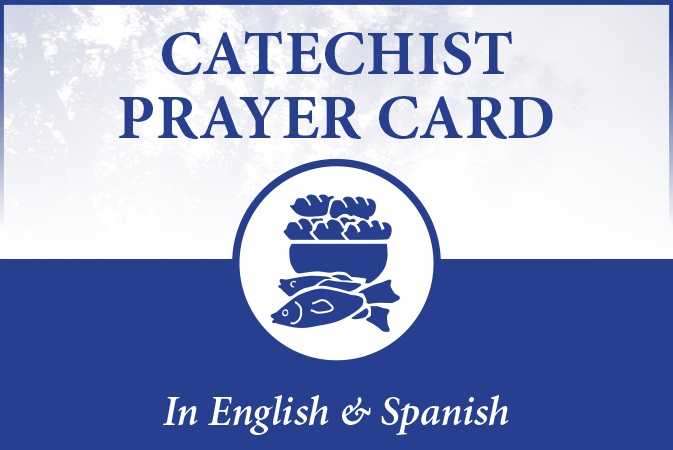
Welcome to the final installment of my series, Making Our Faith Simple-Yet-Not-Simplistic, as I continue to draw from my book, A Well-Built Faith: A Catholic’s Guide to Knowing and Sharing What We Believe, to focus on the four pillars of our Catholic faith: Creed, Sacraments, Moral Life, and Prayer. Today, we look at our life of prayer.
On a recent episode of the doctor drama New Amsterdam, the main character, Dr. Max Goodwin, is in the ER as a patient, having collapsed as a result of his own cancer. As he lays in the ER, unconscious, his wife Georgia hovers nearby, understandably shaken. At one point, she helplessly says out loud to no one in particular, “I don’t know how to pray. I’m not religious, but I should know how to pray.” I was very moved by that scene, thinking that many people can probably relate to her. Many of us do not know how to pray and wish we knew how.
So, how do we make prayer simple-yet-not-simplistic? Fortunately, prayer is not rocket science. It is based on the notion that in a relationship, people communicate with one another, and the deeper the relationship, the more crucial it is for communication to be ongoing and deep. So, prayer begins with a relationship—a relationship that God invites us into. At this point, however, too many of us think that speaking to God is like Dorothy and her comrades approaching the Great and Powerful Oz: they keep their distance, they tremble, and they speak with great formality so as not to disrespect him. St. Ignatius of Loyola, on the other hand, insisted that prayer should resemble one friend speaking to another. To pray is simply to turn our attention to God, who is near, and to share what is in our mind and heart. The words need not be formal but should be conversational. The key is to be honest: don’t say to God what you think God wants to hear; say what you are really feeling.
The hard part for most of us is listening for God’s response, which can be frustrating, because God tends to avoid words for the most part. In my book, A Church on the Move, I explain that we need to learn how to listen, not with our ears, but with our hearts, since God most often speaks to us in the following ways:
- Thoughts. In response to our prayer, God may be inviting us to pay closer attention to a thought that continues to rattle around inside our head, perhaps for no obvious reason.
- Memories. It is not unusual for God to stir up memories from our past in order to speak to us about something going on in the present.
- Feelings. Prayer does not always result in a good feeling; however, it is important to pay attention to any feelings that stir up within us when we are speaking with God. God may give you a feeling of peace and contentment to remind you of his presence, or perhaps a feeling of restlessness to stir you to action.
- Hopes and desires. At times, God speaks to us by stirring up hopes and desires within us. We may simply find ourselves more aware of a particular yearning. When people say that they are “going with their gut feeling,” they often mean that they are following an inner hope or desire.
- Dreams. God has not given up on the notion of speaking to people in dreams. In Dreams: God’s Forgotten Language, author John Sanford encourages us to pay attention to these images that come from within our unconscious self and to look for clues as to what God might be saying to us. It’s important to know that dreams are not meant to be taken as literal messages from God but are vehicles for getting in touch with God’s movement deep within us through symbols, concepts, or deep emotions.
- Nature. At times Catholics are suspicious of this notion of hearing God speak to us through nature, because we fear entering the realm of New Age spirituality or the ancient-yet-always-prevalent heresy of pantheism. Catholics do not equate nature with God, but we certainly believe that nature possesses God’s fingerprints and that it reflects his presence, goodness, strength, power, and beauty.
- Experiences. God’s message for us may be wrapped in an experience we have just been part of. Reflecting on our experiences is an important way of recognizing what God may be saying to us or asking of us.
- Encounters with others. Throughout Scripture, God used people as his mouthpieces, and he continues to do so. Each day, God speaks to us through other people’s words and actions. By paying closer attention to the people we live with, work with, work for, serve, or just play with, we may discover God speaking to us.
- Encounters with beauty. Beyond nature, God speaks to us through any experience in which we encounter beauty. This includes music, drama, literature, athleticism, art, and more. Beauty provokes feelings within us, and very often those feelings are part of a wordless conversation with God.
In some ways, prayer should be the most simple of the four pillars of our faith, since it is a natural human activity to communicate with those we love.





Be the first to comment